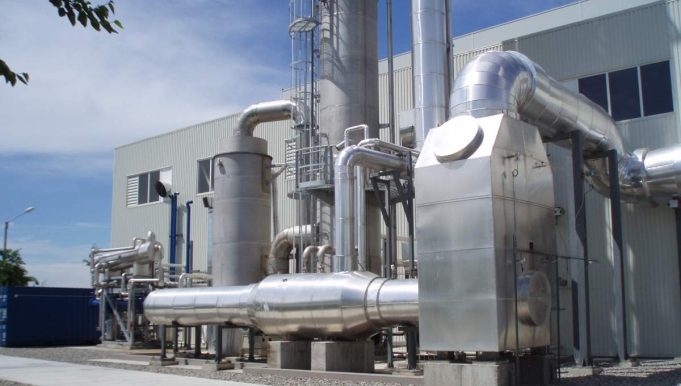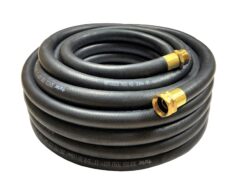Before discussing how amine treating works, it’s important to know a few facts about natural gas first.
Among the three types of fossil fuels, natural gas is now leading the front lines as coal and oil supplies are continuously depleting. Because of the rapid rise of the world’s population and the economic growth of many countries, the energy demand skyrocketed, resulting in the dangerously close endpoint of fossil fuel supply.
According to experts, oil will run out by 2052, gas by 2060, and coal by 2090. The current consumption rate of these fossil fuels may put the world’s future in a dangerous situation. But it has been noted that increasing gas production is crucial in prolonging the lifespan of both oil and coal reserves.
The United States is the largest producer and consumer of natural gas. The country uses natural gas for domestic and industrial heating, electricity, and power vehicles. When natural gas is burned for use, it releases fewer gas emissions and air pollutants than other types of fossil fuels. When used for electricity, natural gas has half the amount of carbon emissions than coal, making it a better alternative for the environment.
What Is Natural Gas?
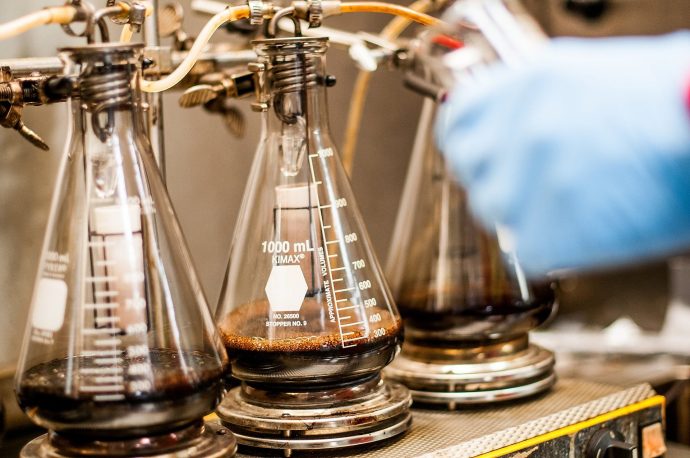
Natural gas is decomposed organic matter that has been compressed for millions of years under the earth’s surface. The compound is mostly methane, composed of carbon and hydrogen or CH4. Various types of natural gas can be extracted from different parts of the world, including Russia, Iran, Qatar, Turkmenistan, and the United States.
Conventional natural gas liquids are categorized as wet and dry. Dry gas has methane, while wet gas has methane, butane, and ethane. These compounds can be separated, and after undergoing the necessary processes, they can be sold individually for various applications and industries like refrigerants and plastics.
Meanwhile, unconventional natural gas like sour gas and coal bed methane requires advanced production methods like amine treating.
What Is Amine Treating?
Amine treating, also called amine scrubbing, sour gas sweetening, and acid gas removal is the process of using amines like Diethanolamine (DEA) and Methyldiethanolamine (MDEA) to remove acid contaminants such as hydrogen sulfide (H2S) and carbon dioxide (CO2).
According to Carver Pump, amine treating is a necessary process because the gas cannot be refined without removing these acid contaminants.
Why Amine Treating Is Essential
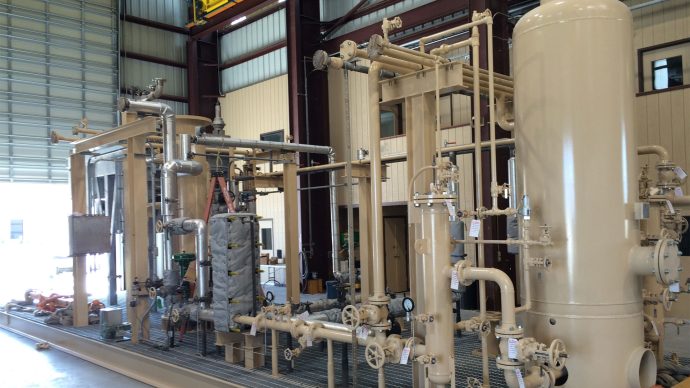
Amine treating or amine scrubbing is a necessary process in the preparation of natural gas. This procedure is required to create pipeline-quality gas that is free from impurities. When natural gas is not scrubbed or treated, there is a tendency for hydrates to form. When hydrates are present, they can impede gas flow in valves and plug vessels since hydrates are semi-solid compounds that look like ice crystals.
Another reason why amine scrubbing is essential is that it removes the acid in the compound to make the natural gas meet environmental health and safety standards. When this is not removed, it could be detrimental to the environment.
This is why even if it’s a costly process, it is never skipped. This is also the reason why natural gas is now more preferred than coal and oil. Although, of course, other renewable energy sources like solar, wind, and water are being tapped to give the planet a little breathing room from toxic substances released by fossil fuels.
Typically, natural gas starts as sour gas, which many compare to the smell of rotten eggs. Undergoing amine scrubbing is referred to as ‘sweetening,’ which improves the odor of natural gas. To sweeten natural gas, an amine solution containing alkylamines is used.
How Amine Treating Works
There are two essential processes in amine scrubbing: absorption and stripping.
- Absorption
In the absorption stage, the sour gas enters an inlet, and here all solids and liquids are separated from the gas. The process uses baffles and mist extractors. Baffles are like vanes or panels that direct the flow of liquid or gas, while a mist extractor is a device that collects liquid droplets.
After being separated from all solids and liquids, the gas makes its way to a contactor column where the second phase of the process occurs, the stripping.
- Stripping
The contactor column is where the gas comes into contact with the amine so the acid compounds can be separated. The column contains trays with bubble caps that enable the gas to flow upward from tray to tray without dropping the liquid amine. The trays also have weirs and downcomers on the side to help control the downward flow of the liquid amine.
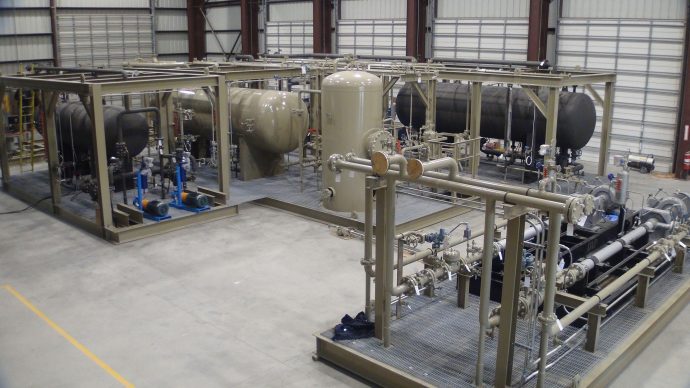
Gas enters from the bottom of the column. As it passes through each tray, H2S and CO2 get absorbed by the amine so that by the time the gas reaches the top of the column, most, if not all, of the acid contaminants are taken out. At this stage, what started as sour gas has now turned to sweet gas and is ready for sale or distribution.
All the rich amines collected at the bottom of the contactor column make their way to a reboiler where the solution is heated up and will release all unnecessary acids to convert the rich amine to ‘lean amine.’ The lean amine will now go back to the absorption stage, where the cycle of treating natural gas begins once again.
The process is very efficient and cost-effective since amines can be used multiple times. The amines never leave the system and circulate and are recycled to be utilized for another round of acid gas removal process.
Conclusion
People never realize the importance of the presence of life’s simple luxuries like electricity and water. Many don’t know that even before turning on the heater to make their room cozy and comfortable, the energy flowing through the lines to fire it up undergoes an extensive process to reach each home safely.
The dire situation the world will face in the coming decades is genuinely frightening. Aside from using renewable energy sources, each person must vow to help the planet even in the slightest way, like conserving electricity.
To reach each home safely, natural gas is stripped of harmful compounds to prevent adding too much burden to the environment. It shows how big industries commit to helping the planet heal and recover.

